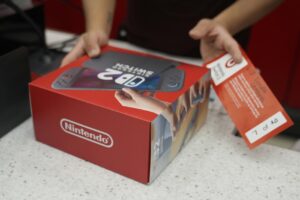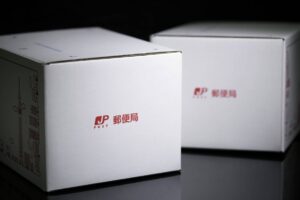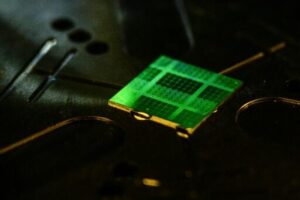Tokyo, 12 April, /AJMEDIA/
Seafood lovers know the fatty marbling is what makes tuna sashimi and sushi so tasty, so for the industry, it’s the fish’s level of fattiness that’s used to judge its quality and pricing.
Usually, several people assess how fatty a tuna is by cutting the tail with a giant saw-like knife, an operation that takes about 60 seconds per fish.
But now a machine called Sonofai uses ultrasound waves to do the job in 12 seconds, operated by a person without prior knowledge of how to carve fish.
Fujitsu, the Japanese company behind the technology, invited reporters this week for a demonstration of Sonofai, a word blended from sono referring to “sound,” “f” for Fujitsu, and ai, or artificial intelligence. The name refers to its components but also stands for “son of AI.”
A conveyor belt transports a whole frozen tuna fish, about a meter in size, into a machine that beams ultrasound waves. Sensors pick up the waves to draw a zigzagging diagram on a screen to indicate the fish’s fattiness.
Fatty meat absorbs fewer sound waves than lean meat and AI sorts real data from misleading “noise,” or irregularities.
Hisashi Ishida, president of Sonofai, the startup behind the technology, who also heads Ishida Tec Co, which makes food-manufacturing equipment, says it’s safer, more sanitary and efficient.









































